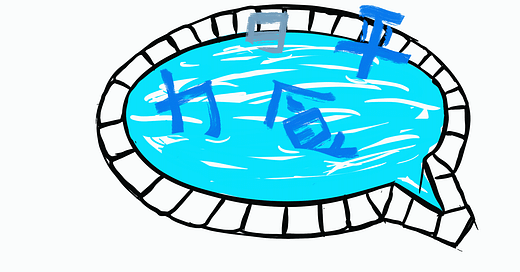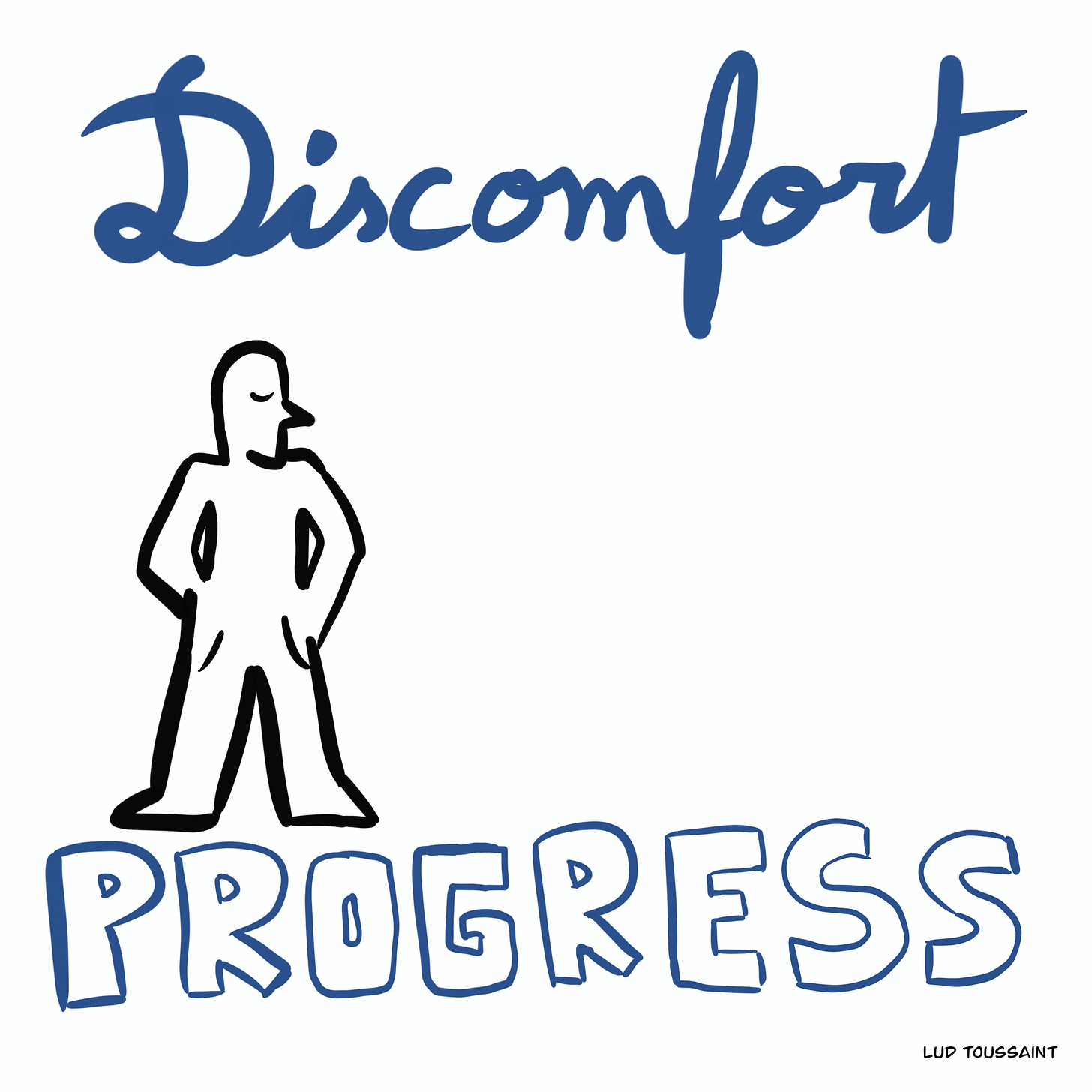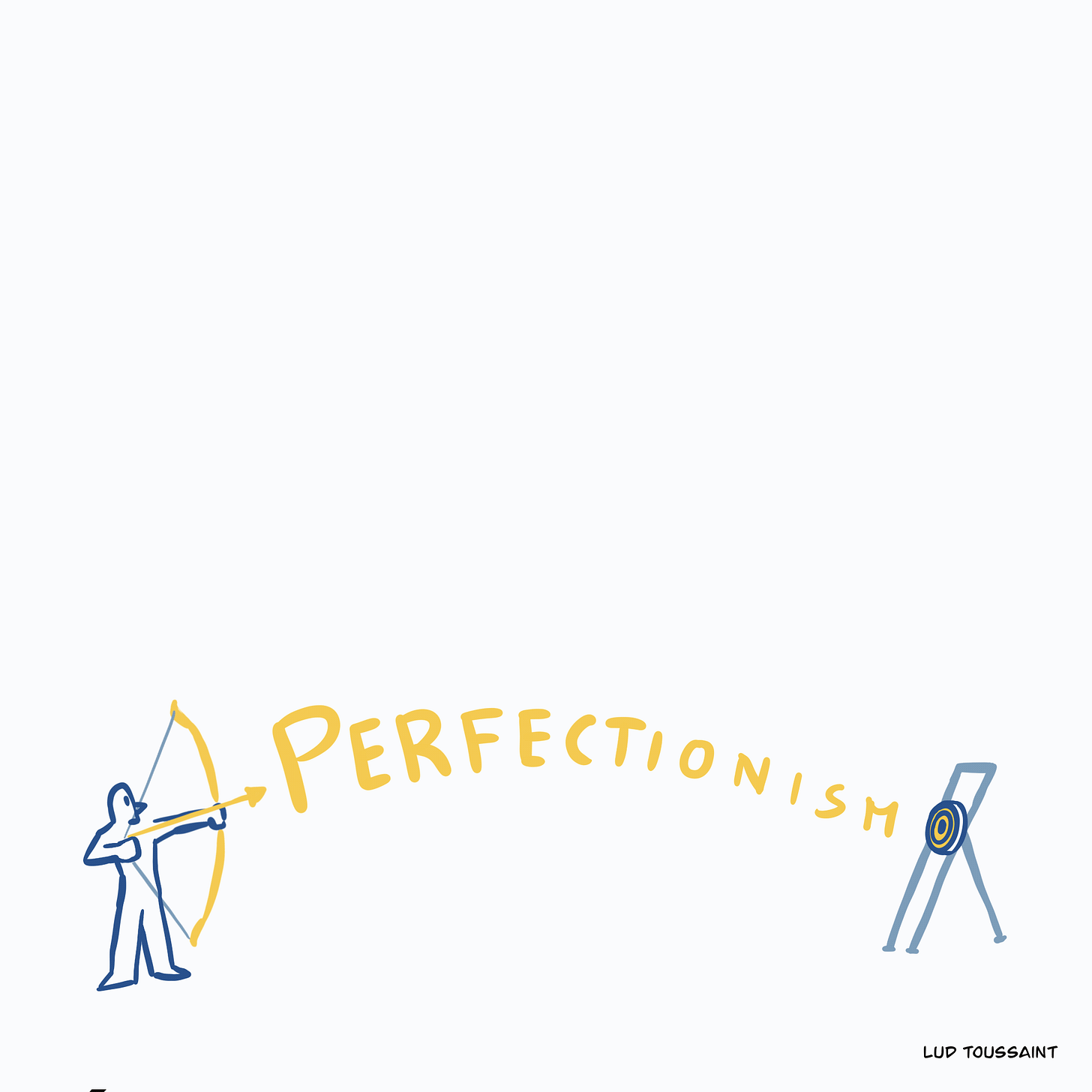Are You a Human Sponge? Adam Grant's Character Skills for Hidden Potential
Visual summary for "Hidden Potential" - Part I
1093 words | Around 4.5-minute read
Hello, glad to have you here!
We were waiting for you to continue our visual book summary for "Hidden Potential" by Adam Grant.
The Game Plan
In the previous post, the prologue focused on the importance of Opportunity & Character. Today we tackle Part I, going deeper into what Adam means by Character Skills and how these skills - not just technical expertise - allow us to unlock our hidden potential!
You can see the rest of the schedule below, with the full book being covered by the end of March.
Hidden Potential - Content
📍 Part I: Skills of Character (Current)
📍Chapter 1: Creatures of Discomfort
📍Chapter 2: Human Sponges
📍Chapter 3: The Imperfectionists
🔲 Part II: Structures for Motivation (March 16th)
Chapter 4: Transforming the Daily Grind
Chapter 5: Getting Unstuck
Chapter 6: Defying Gravity
🔲 Part III: Systems of Opportunity (March 30th)
Chapter 7: Every Child Gets Ahead
Chapter 8: Mining for Gold
Chapter 9: Diamonds in the Rough
Part I: Skills of Character
What would be more useful to entrepreneurs: Business & Marketing skills, or the right behaviors?
We may have the tendency to assign more value to hard skills, but the chapter starts with a study demonstrating that learning “Character Skills” such as Proactivity helped entrepreneurs in West Africa generate 3 times more profit compared to hard business skills.
Character is not your “personality”; it is how you decide to act in difficult times.
The book emphasizes 4 specific Character Skills: Being Proactive, Prosocial, Determined and Disciplined.
Character is your capacity to prioritize your values over your instincts
1. Creature of Discomfort
A form of Determination is embracing discomfort.
Adam takes the examples of Polyglots that didn't have any special abilities as children, but later in life learned to jump into the discomfort of speaking a language they haven't mastered.
Sara Maria, for example, chose to move to Spain and live with a family only knowing Spanish. She had tried to learn the language for 6 years without success, but after one summer she was fluent! She continued to use that power to learn 8 other languages, half of them at a fluent level!
To learn a new language, Polyglots speak it from day one, and that approach can apply to any other skills!
You can code from day one, teach from day one, coach from day one…
The best way to accelerate growth is to embrace, seek, and amplify discomfort
One thing that can help us become "Creatures of Discomfort" is to see being uncomfortable as a signal that we are growing.
When that becomes a habit, we start to look for places where we make more mistakes, not less!
What skill have you been avoiding because it makes you uncomfortable?
How could you take a small step into that discomfort today?
2. Human Sponges
Being determined is important, but growth also requires being smart about how we learn.
An example from the book is how in the 1900s the level of literacy correlated to GDP per capita. The ability to read helped absorb any other skills.
Being mindful of how we learn is a form of Proactivity, and to learn those Character skills, Adam Grant uses an unusual teacher: Sea Sponges.
Sponges:
🧽 Absorb actively the surrounding environment
—> Look for, and take-in information
🫗 Filter the water expelling toxic substances
—> Understand what feedback or information to trust
A good mentor/teacher should know about you, care about your progress and have relevant expertise to share.
🪛 Adapt, some being able to regenerate and grow after a predator attack
—> Adapt the information to your own situation or your own style
📤Share by oxygenating the ocean, and producing biochemicals that protect life
—> Being Prosocial and sharing what you learned!
Even if we value learning and are able to absorb it, to be more like sponges we can ask ourselves:
Am I Reactive or Proactive ? Do I wait for information to come to me ?
Am I Ego Driven to Growth Driven ? Do I try to avoid negative feedback ?
How can I get feedback from people that know me, care and are credible?
3. The Imperfectionist
Have you heard of Wabi-Sabi?
It is the Japanese practice of honoring imperfections.
Unlocking Hidden Potential is not about the pursuit of perfection. […] The more you grow, the better you know which flaws are acceptable.
Perfectionism leads you to a smaller and smaller comfort zone; you obsess over details, shame yourself for your mistakes, and try to avoid the unfamiliar.
Instead, Adam suggests having high personal standards. Trying to get closer to right means accepting being wrong, and aiming high pushes you to learn from your mistakes.
Perfectionism traps us in error avoidance
High Standard shift our mind from “Be the best” to “Do the best”
Adam takes his own example: as he learned diving, he was trying to always have a perfect start, one day even spending 45 minutes without attempting a single jump because something was slightly off. His teacher had to explain to him that there is no perfect jump; even a judge giving a "10" doesn't mean perfection but excellence.
Aiming for excellence means iterating, starting with an “MVP” (Minimum Viable Product”, and improving from there.
A good MVP should actually be a MLP (Minimum Lovable Product).
As an example, for each of his drafts, Adam asks a group of outsiders and insiders to rate the draft. If he gets an 8, it is good enough; anything below and he will ask for more specific advice. The goal is to have something that a small group of people love, and that small group includes himself!
Conclusion
Throughout Part I of "Hidden Potential," Adam Grant demonstrates that character isn't fixed - it's cultivated through intentional practice! He presents us with three key character skills and their combined power:
Embracing discomfort creates the courage to seek growth
Absorbing like sponges provides the methods to achieve growth
Practicing imperfectionism gives us permission to grow imperfectly!
Try this before next time: Choose one small area where you typically avoid discomfort. Try to intentionally step into that discomfort zone for just 10 minutes, and if that includes any output, practice imperfectionism.
If you try it, let me know. I would be curious to hear about your experience and if you learned anything from it 🙂.
If you also have general feedback on the summary, let me know in the comments!
Next we will move to Part II: Structures for Motivation on March 16th, we'll discover Adam Grant’s advice to prevent stagnation or burnout.
See you there on March 16th!













It's hard leaning into the discomfort. But that is where the growth happens. I also understand why people stay within their comfort zones.
Excellent visual vocabulary - I especially like the build picture. So powerful!